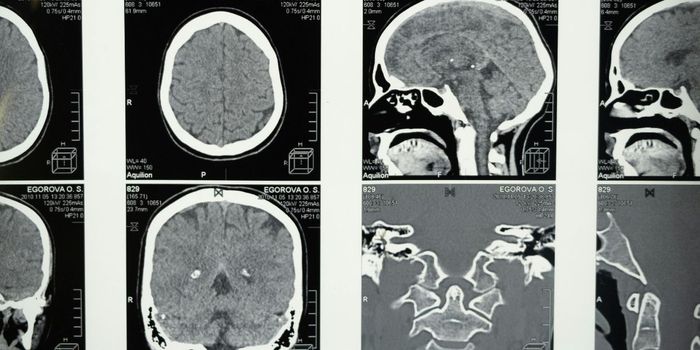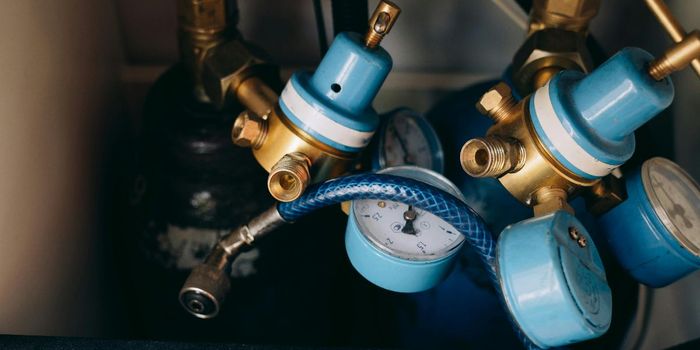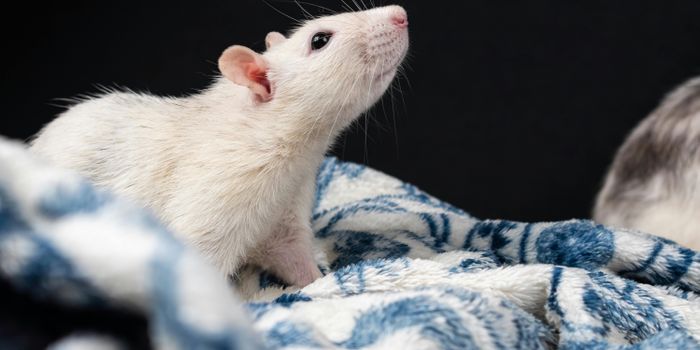Nanoparticles Pass the Blood-Brain Barrier in Zebrafish
Video: Explains the challenges of delivering medicine to the brain, and possibly tools to pass the blood-brain barrier.
Researchers at Institut National de la Recherche Scientifique (INRS) in Quebec have tested new surface characteristics of nanoparticles, aiming to eventually deliver treatment for neurodegenerative diseases. This is an important step toward treating neurodegenerative diseases like Alzheimer’s and Parkinson’s because current medical technology cannot deliver medication directly to the brain. Medicine delivered via the blood is blocked by the blood-brain barrier, a strict filter that prevents harmful particles in the bloodstream from passing into the brain.
Nanoparticles are already being used to treat some types of cancers, anemia, and neuroinflammation due to epilepsy. These vehicles are small enough to pass through endothelial cells, which make up the blood-brain barrier, and deliver medicine directly to the brain. However, the success rate of nanoparticles bypassing the blood-brain barrier needs to be improved.
The researchers at INRS tested different surface attachments that endothelial cells might recognize, and allow passage of the nanoparticles into the brain where medicine will be released. The attachments are made of polyethylene glycol (PEG) and come in an array of shapes and sizes. They found that nanoparticles with longer PEG5000 attachments were more readily accepted by the filter than nanoparticles of the same size with shorted attachments.
They also found that once in the brain, the nanoparticles did not widely distribute, a characteristic that needs to be studied for safety, and modulated to fit specific medical applications.
This research was conducted on live zebrafish larvae which is a valuable model because zebrafish have a comparable blood-brain barrier to humans. The next step is to test these surface attachments for safety and efficacy on a mammal model.
Sources: Anselmo and Mitragotri, Rabanel et. al., ScienceDaily








